Partner Spotlight: Oklahoma Black Historical Research Project, Inc.
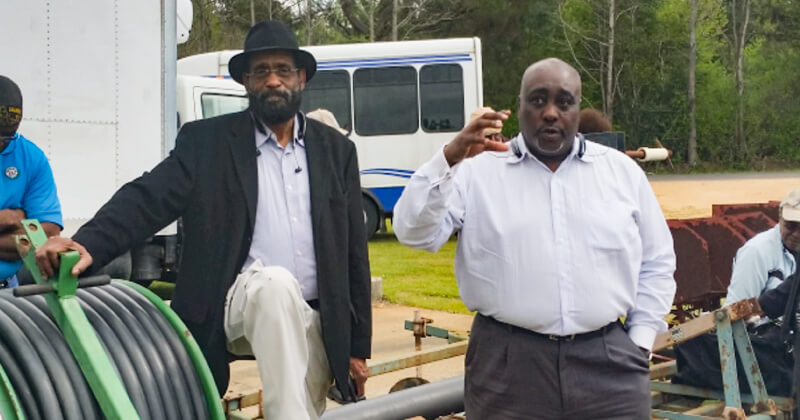
[Editor’s Note: Since July 2021, Alianza Nacional de Campesinas, Migrant Clinicians Network, Rural Coalition and 20 organizational partners and members have mobilized 221 community health outreach workers across 20 states and Puerto Rico to encourage vaccination within rural communities of color including Black and Indigenous communities through a learning collaborative. Funded by an $8.1 million grant from the Health Resources & Services Administration, the effort aims to raise vaccination rates among immigrant and migrant farmworkers and rural communities of color through reinforcing COVID-19 information, addressing vaccine hesitancy and accessibility, and assisting in countering misinformation and disinformation.]
In Oklahoma, large ranches sprawl across the state’s farm-speckled landscape. Cow ranching makes up a vital portion of the state’s agricultural economy, but during times of struggle, the agricultural industry and its workers can suffer. The COVID-19 pandemic and recent droughts have put excessive stress on workers and farm owners, causing organizations that offer statewide services to step up and help. Oklahoma Black Historical Research Project, Inc. (OBHRPI) has operated as a non-profit in the state of Oklahoma for the last 20 years helping farmers, ranchers, and business owners thrive in rural counties across the state. Their work fills a vital need in that it allows rural communities to gain access to many important services and resources that help support their way of life. “Our primary objective is to work to improve the sustainability of Oklahoma’s socially disadvantaged agriculture producers, the rural landowners, and the rural business owners,” said David Stephens, a staff member for OBHRPI. “We’ve found that historically, that those individuals in [rural] areas often suffer from a lack of information, a lack of interpretation of information, and frequently are left out of programs and opportunities that we know are extremely critical for their success in the rural community, specifically those that are producing agriculture.”
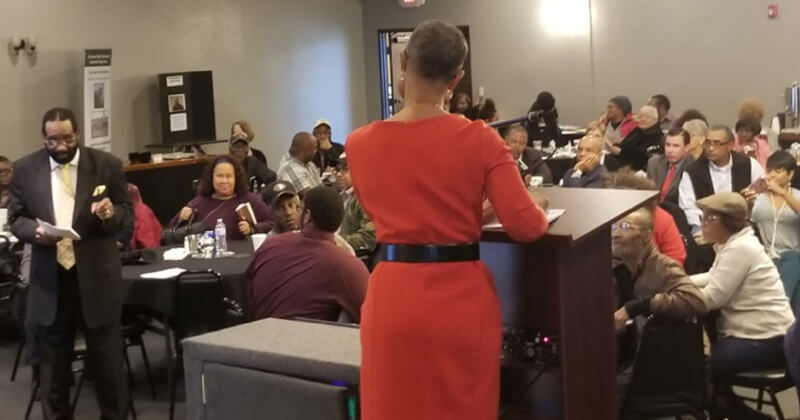
OBHRPI works with a variety of partners in their state, which have been key to their success: Native American tribes, colleges and universities, including historically Black colleges and universities (HBCUs), as well as businesses, non-profit organizations, and the USDA. Through these partnerships, OBHRPI brings information about opportunities for lending and other kinds of support t o local business owners, ranchers, and farmers at community meetings and conferences. OBHRPI often shares programs from organizations like the USDA that are designed to help the economic development of rural businesses. In times of drought, OBHRPI has helped with the distribution of resources. In one case OBHRPI helped distribute hay needed by ranchers unable to grow or purchase it due to the regional drought.
When the pandemic began, OBHRPI added health promotion around COVID-19 to their efforts and continued their messaging in the same rural communities that they have helped for the past two decades. At the start of their COVID-19 work, OBHRPI conducted a needs assessment to understand the needs of local communities. The needs assessment helped OBHRPI learn about local vaccination rates and the reasons why community members were not vaccinated. This data was used to create strategies for how they would address COVID-19 vaccination in their communities. OBHRPI expanded the usual reach of their services into urban communities with large Black populations that needed help during the pandemic. Oklahoma County, the largest county in the state, with a significant Black population, was under-resourced when it came to vaccination promotion, accessibility, and information availability. OBHRPI stepped in and aided Oklahoma County communities, creating additional opportunities for vaccination and positive messaging around defeating the virus. Local colleges were also a hotspot for vaccine hesitancy in the state, according to Stephens, so campus populations became priority audiences for the organization. While looking for specific target areas for COVID-19 messaging, OBHRPI first identified six counties, 14 historically Black towns, seven of which are within the counties, and a handful of HBCUs , including Langston University. Several Native American tribes within these counties were also identified as under-resourced and in need of support by OBHRPI. Over time OBHRPI expanded their distribution of positive COVID-19 vaccine messaging to a total of twenty counties throughout the state.
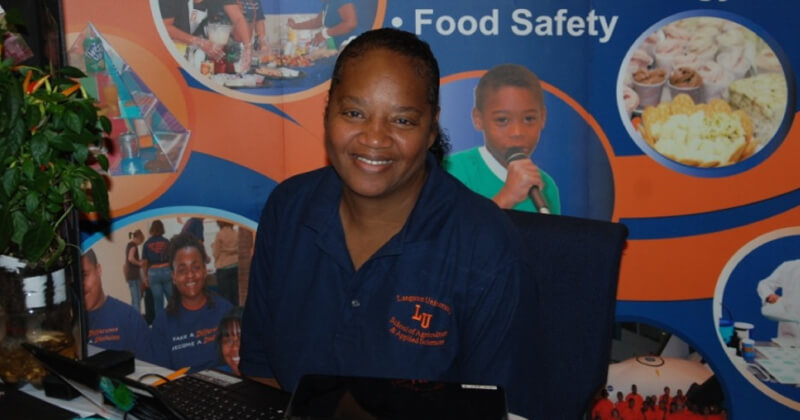
OBHRPI’s partnerships with community members and organizations were key to the success of their overall strategy to fight COVID-19. OBHRPI’s first vaccination clinic was held in partnership with the Seminole County Health Department. OBHRPI had also hosted meetings in the community for years. Stephens shared that OBHRPI’s long-term work with local faith leaders, and the strong bonds of trust that were built over the years they worked with them, helped to increase vaccination rates. Community members who had avoided vaccines before, now felt comfortable getting the COVID-19 vaccine when they learned from trusted community leaders that the vaccine was safe and effective.
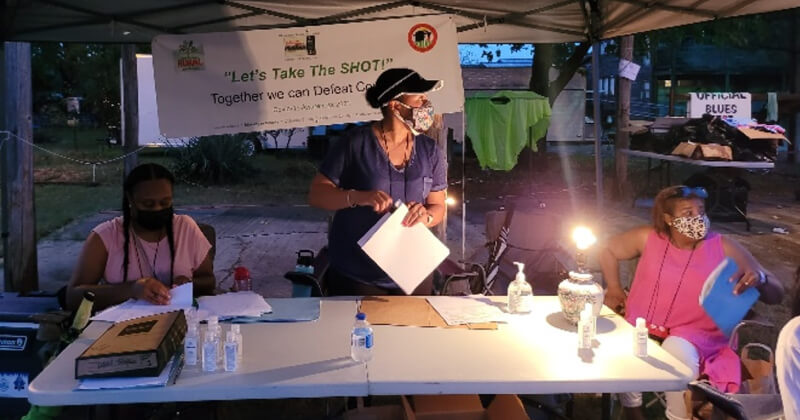
OBHRPI also found success in attending community events, including a gumbo festival, a blues festival, and a weekly Black farmers market which OBHRPI consistently attends. The relationships OBHRPI created with city council members added incredible value to their campaign. For example, initially OBHRPI could not get a call back from organizers of Muskogee’s Labor Day Picnic, so they reached out to a city council member. The council member helped OBHRPI reserve a place, ensuring they could attend and distribute information about COVID-19. Stephens shared that OBHRPI prioritizes large events where they can have the most impact and reported that they felt lucky to have encountered no hostility from community members who were against COVID-19 vaccines.
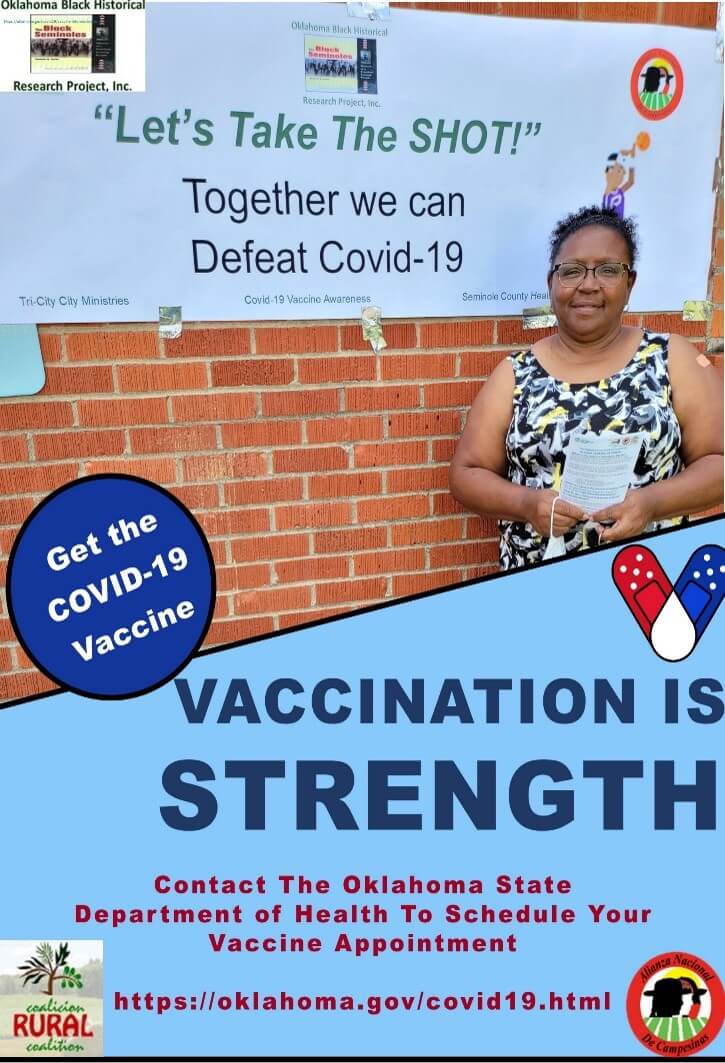
Salons and barbershops have also become important to OBHRPI’s strategy when it comes to utilizing materials from the “Vaccination Is...” Campaign, an editable campaign created by Migrant Clinicians Network and the National Resource Center for Refugees, Immigrants, and Migrants. OBHRPI edited “Vaccination Is...” Campaign materials to make them culturally and linguistically relevant for their own target communities and left printed materials with local hair salons and barbershops in order to expand the reach of their COVID-19 vaccine campaign.
As a long-standing nonprofit with a reputation for helping others, OBHRPI has become a trusted voice in the many communities they serve, regarding COVID-19 and vaccinations. This trust has allowed them to take a multiprong approach to vaccination messaging and vaccine distribution that has been successful in some of the most vulnerable counties across the state of Oklahoma. Their practices of utilizing pre-existing relationships have allowed their impact to be effective and wide reaching.
Each week MCN facilitates a bilingual learning collaborative that offers partners access to clinical staff, other experts, an extensive library of fully editable COVID-19 resources, evidence-based COVID-19 updates, and extensive communications and marketing technical assistance to support partner’s use and adaptation of resources to fit their community’s needs. Each organization shares learning collaborative content and activities with their frontline community health workers, who tirelessly promote COVID-19 vaccination in the counties, towns, and neighborhoods where they live. This blog series highlights best and promising practices used by grant partners across the country, which are shared at the learning collaboratives, creating a diverse learning environment.
This is supported by the Health Services and Resources Administration of the U.S. Department of Health and Human Services as part of an award totaling $8,105,547 with 0% percentage financed with non-governmental sources. The content are those of the author(s) and do not necessarily represent the official views of, nor an endorsement, by HRSA, or the U.S. Government. For more information, please visit HRSA.gov.
Got some good news to share? Contact us on our social media pages above.
Return to the main blog page or sign up for blog updates here.
- Log in to post comments